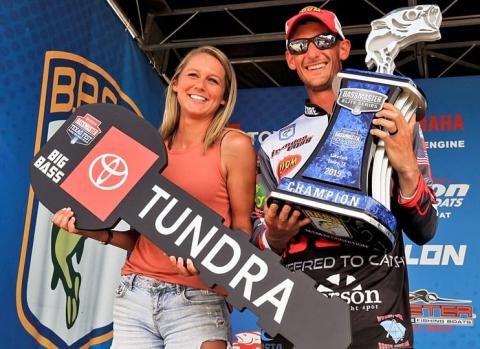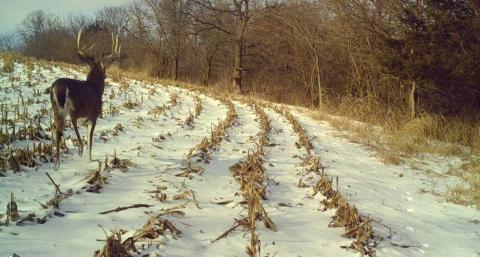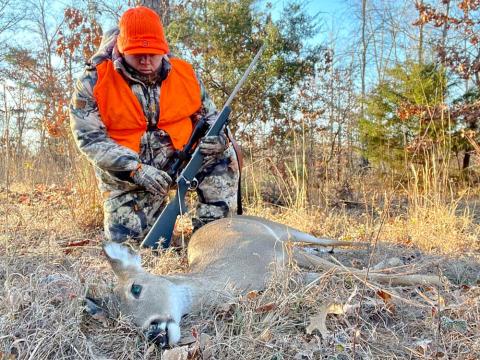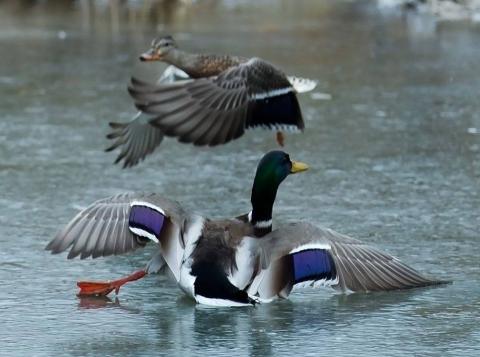David Hawkins | Originally published in GameKeepers: Farming for Wildlife Magazine. To subscribe, click here.
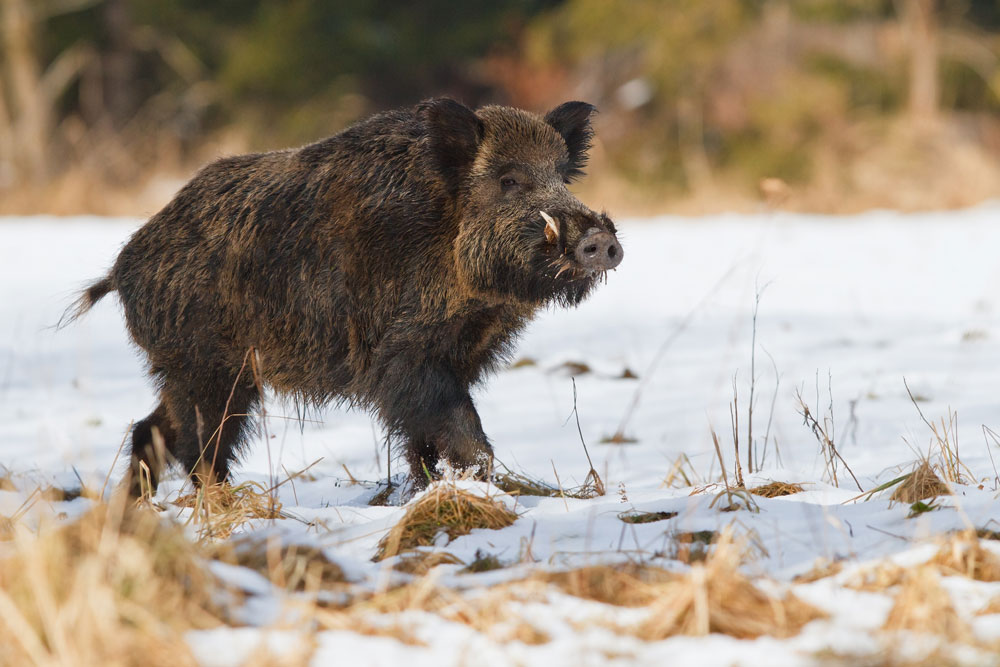
Landowners and property managers who farm for wildlife are faced with a myriad of invasive pests, ranging from cogon grass to Chinese privet. A bit of Arsenal or other herbicide applied to the problem “plants” generally takes care of the problem. If only it were that simple for all the invasive species we must face.
Unfortunately, wild hogs or feral pigs are proving to be far more difficult to eliminate. The population explosion of these feral swine has created an increased discussion of these animals worth and impact on the environment. The bottom line is they are an ever increasing menace that will continue to be a tough adversary to control and remove from managed lands.
If you are an average reader, the overall population of feral swine in the Continental United States will increase by 35,000 by the time you finish reading this article. There will be more on population increases, and how I arrived at this number later. Added to their ability to procreate is their mobility, both natural and assisted. These wild swine are not your grandparent’s “down-on-the-farm porkers” that were fattened during the summer to be slaughtered in the fall. Quite the contrary, these pigs are extremely adaptable and quite intelligent.
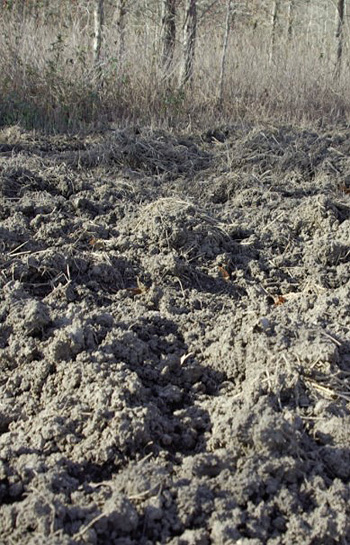
are destructive and persistent. Most managers are
reactive, but we must be proactive. A relentless
offense is required.
Feral swine have the potential to alter an entire ecosystem, according to Kris Godwin, an APHIS biologist working at Mississippi State University. You will notice in this article the use of the words “eliminate, annihilate, eradicate and remove” as descriptive terms for dealing with feral swine. These animals are not to be managed; however, the “management mentality” is one reason the spread of these beasts has happened. As with all invasive species, eradication is a complex process, and must be addressed by all land managers, including private and governmental sectors.
Game management vocabulary is typically filled with words such as manage, control, and regulate. When it comes to will hogs there is only one word to remember – eradicate. As a reader of this publication you are most likely interested in farming for turkey, deer and upland game birds, such as quail or pheasants. Hogs have gregarious appetites and will literally eat almost everything that doesn’t eat them first. It has been documented that a hog will feed on young deer, turkey hens and poults and will destroy all kinds of game bird nests. They also compete with game species for available food, such as hard and soft mast and crop lands. There is a 50- percent diet overlap with whitetail deer in the fall, including hard and soft mast. Feral swine will consume 3 to 5 percent of their body weight each day. And adult pigs can weigh upward of 200 to 300 pounds.
In addition, they dig extensively searching for those roots and tubers they find palatable. This rooting results not only in crop loss, but increases the potential for erosion, injury to livestock and unsavory aesthetics. The Mississippi River Levee Board has the following rule for its land managers: “…wild hogs will be shot on sight whenever encountered.”
Wild hogs are an invasive species, a nuisance, something to be done away with. Hogs are not native to the North American continent; they were introduced by early explorers as domestic pigs. Lax laws allowed for later import of Eurasian Swine better known as Russian Wild Boars. Eurasian hogs and feral swine are different in several ways. We’ll touch on those differences later. NEITHER is, or should be considered a game animal. Both are extremely dangerous to all ecosystems they contact.
Texas has the greatest number of wild hogs per square mile with Louisiana claiming a close second. That the two states share a common border has contributed to that fact. Florida has a rapidly expanding population, as do all the southeastern states. Two things are the major contributing factors to this population explosion: The near rodent-like reproduction rate of feral swine, and the commercial glorification of wild hog harvesting. According to Mississippi State University, a conservative estimate of the cost of wild pig damage to agriculture and the environment in the United States currently stands at $1.5 billion annually.
Damage to crops can begin long before the crops mature. A row of newly planted corn or peanuts that hogs have feasted on will look like a row that has been opened by a chisel plow. They will root down the row in a single line, devouring the seed. Chufa, a favorite of turkeys, doesn’t stand a chance against a sounder of pigs. Mature crops ravaged by pigs are ruined. Corn and sorghum are attacked in a unique fashion. A pig will push over the stalk using their head and shoulders, then take one bite of the ear of corn or pod of sorghum, then move on to the next plant. They are exceptionally destructive and exceedingly NON-efficient.
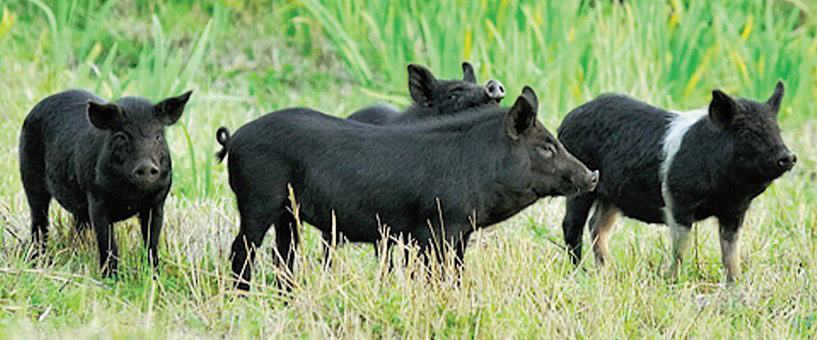
Only One Solution The first thought to come to mind is shoot the pigs, and everybody wins. If only it were that simple. Managers in Texas have given up on that method. As a Texas wildlife biologist said, “you cannot shoot your way out of this problem.” Pigs just populate too rapidly. To stop the population increase would require removal of 70% of the entire population annually. To facilitate eventual extermination would require an annual removal of 75% of the population, and decades of time. In Louisiana during the 2014 hunting season, hunters who marked their harvest cards killed more pigs than white-tailed deer. “Trapping is currently the most effective method of removal,” said Cliff Covington, a Mississippi Extension Wildlife Associate. “The ideal trap is one that will capture an entire sounder (family group). Traps have evolved, as have trapping methods in recent years. One Mississippi WMA, Cane Mount, has removed over 600 head by combined methods, but continues to have a robust population.
“As we improve our trapping and removal methods, we are still behind the expansion curve,” Covington said. “Pigs are extremely intelligent, they become “trap-shy” very quickly, and must be re-trained to enter a trap if they are ever captured and escape or are illegally relocated.” Box traps were a popular method when pig trapping first began, however, the small size allows only one or two hogs to be caught at a time. Being intelligent and quite trainable, pigs soon began to identify small traps and refused to enter. Larger, corral traps allow more pigs to take the bait before the gate shuts. These gates vary in type and size with Covington recommending nothing smaller than a six-foot gate. “Saloon-door” gates that only open in one direction are common, but will allow some pigs near the gate to exit as new pigs enter. The same is true for ramp gates. A trip-wire and a drop gate work the best for capturing the most pigs.
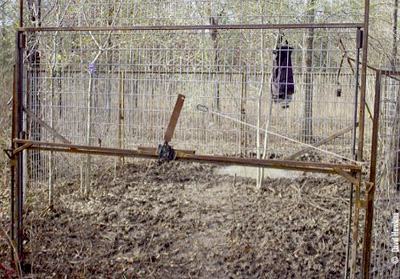
ramp gates will both allow some pigs near the gate to exit
as new pigs enter. A trip-wire and a drop gate work the best
for capturing the most pigs.
“Baiting a trap, usually with corn, will also attract deer and small game,” Covington said. “Keep the sides of the trap low enough so deer can jump out. About four feet is enough to hold the hogs but let whitetails escape none the worse. Commercially available at retail outlets such as Tractor Supply or Mill’s Fleet Farm, are livestock panels and t-posts that can be easily transported and assembled.”
Mississippi State University has a webpage that includes tips for construction of pig traps. Visit www.wildpiginfo.msstate.edu. Regardless of the type of trap, NEVER enter a trap or pen where feral hogs are located. They can and do attack humans and dogs and can inflict serious bodily damage. Poisoning feral pigs has not proven to be a viable option. A species-specific poison and delivery system has not yet been developed. Feral pigs can digest corn soaked in diesel fuel. Needless to say the options are few.
Relocation has been one of the problems state wildlife officials have been forced to face. There are those people who profit from the “pig bomb,” selling hunting trips, exotic shooting opportunities and live hogs for stocking. Most of the states in SEWFA (the Association of Southeastern Wildlife and Fisheries Agencies) have enacted regulations prohibiting the transport and release of wild hogs. There is one other way to attack the wild hog problem, but it’s expensive and requires ongoing maintenance. Construct a hog-wire fence around those parts of your property where pigs do the most damage. It will allow food plots, orchards and other plantings to flourish, but does nothing to eradicate the pigs. This method is simply placing a Band-Aid on a cancer.
Not every land manager has the means or the desire to construct traps and monitor the process. There is a cottage industry in every state where wild hogs are an issue that profits from pig removal. Some of these are honest folks with good intentions, but there are those who will either try to capture and sell the live hogs or relocate the catch in hopes of added revenue by getting hired to re-catch the same pigs they just caught in one area and released in another. If you hire, or allow someone to capture pigs on your property, have an agreement up front that NO live pigs of any age or size will be allowed to leave your property. Make every effort to be at the trap when the trapper shows up to ensure all pigs and piglets are dead. Carcass disposal should be discussed ahead of time as well. While some friends and neighbors may want the meat, a complete sounder of pigs rotting in the sun will make a powerful pong. Coyotes and feral dogs could also become a problem if carcasses are allowed to remain in the open. Burial is the best method. With a tractor or backhoe construct a pit where the dead pigs can be buried. A gully, or abandoned trench silo will also work. Burial can then be accomplished by using a front- end loader to cover successive dumping. Remember, trapping is an ongoing process. Not a single or limited event.
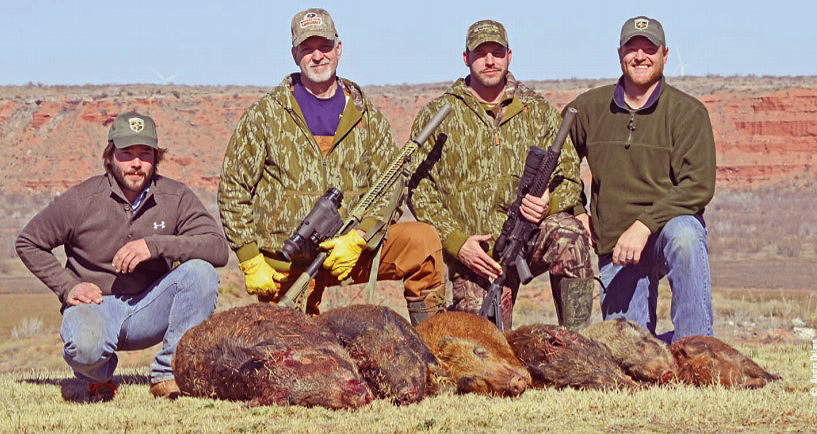
No hog eradication plan will be successful without the concerted efforts of all land owners/managers. As we have pointed out, hogs are very intelligent. When pressured by trapping or shooting, they may leave the area only to return, or have another sounder move into the void. If there is even one sanctuary for a sounder to remain undisturbed, that spot will become a breeding center. The news gets worse; there is no foreseeable solution to the expansion of the exploding “pig-bomb.” But to paraphrase a saying of the late Yogi Berra, “doing something, is better than doing nothing.”

















